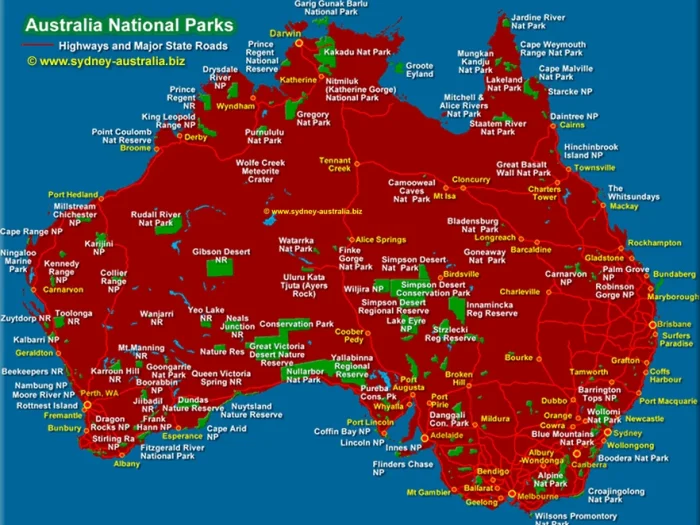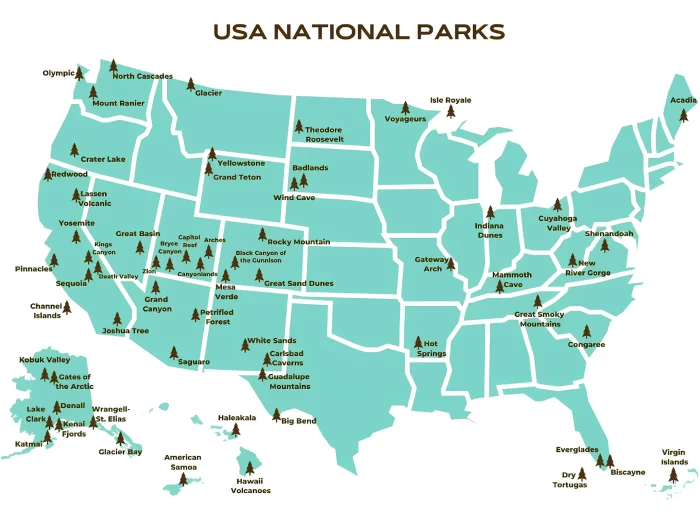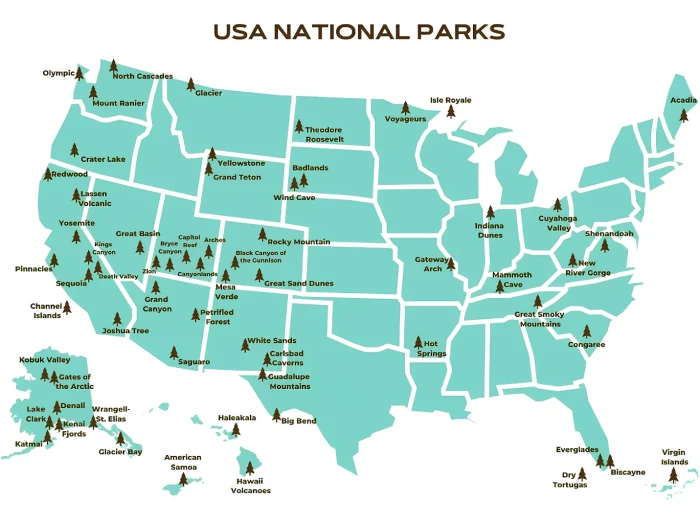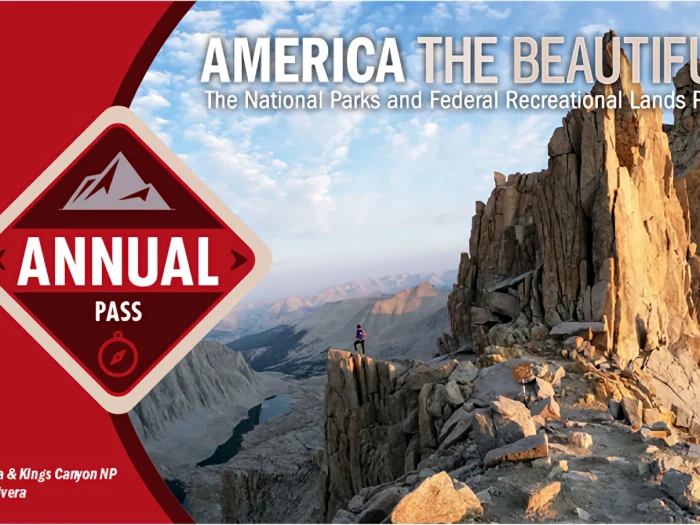When was Acadia National Park Established?
When was Acadia National Park Established?
Acadia National Park was officially established on July 8, 1916. It’s one of the most picturesque and historically significant national parks in the United States. Initially named Sieur de Monts National Monument, it later became Lafayette National Park in 1919 before finally being renamed Acadia National Park in 1929.
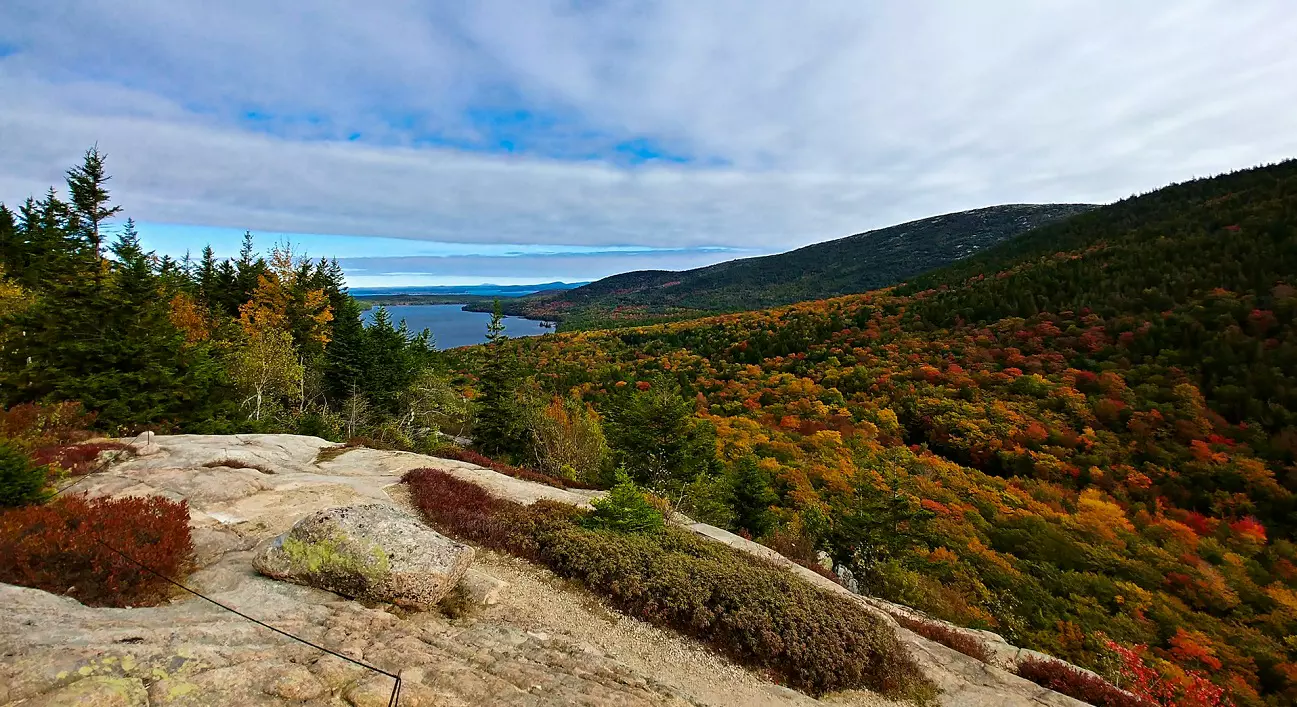
Early Efforts in Conservation
Before Acadia became a national park, the land was inhabited by the Wabanaki people for thousands of years. European settlers arrived in the 17th century, gradually transforming the area. By the late 19th century, Mount Desert Island had become a popular retreat for wealthy summer residents who recognized the need to protect its natural beauty from unchecked development.
A key figure in the park’s creation was George B. Dorr, often called the “Father of Acadia National Park.” Alongside Charles W. Eliot and other conservation-minded individuals, Dorr led efforts to acquire and preserve land. These early conservationists formed the Hancock County Trustees of Public Reservations in 1901, a group dedicated to securing land for public use.
Establishing the Park
Their efforts bore fruit when President Woodrow Wilson designated the area as Sieur de Monts National Monument in 1916. This was the first step in protecting the land at the federal level. Four years later, in 1920, the monument was redesignated as Lafayette National Park, becoming the first national park east of the Mississippi River. In 1929, the park was officially renamed Acadia National Park, honoring the region’s historical ties to early French settlers.
Expanding and Preserving the Park
Throughout the 20th century, efforts continued to expand and preserve the park. John D. Rockefeller Jr. played a crucial role by donating land and constructing the park’s famous carriage roads, which remain a defining feature today. His vision ensured that visitors could experience the park’s beauty without the intrusion of automobiles.
Today, Acadia National Park spans approximately 49,000 acres and attracts millions of visitors annually. It offers stunning landscapes, from rocky shorelines and dense forests to pristine lakes and granite peaks like Cadillac Mountain, the highest point on the U.S. East Coast.
Conclusion
The establishment of Acadia National Park is a testament to the power of conservation and community effort. Thanks to the dedication of individuals like George B. Dorr and John D. Rockefeller Jr., this natural treasure remains protected for future generations to enjoy. Acadia continues to inspire visitors with its breathtaking scenery, rich history, and commitment to preservation.

